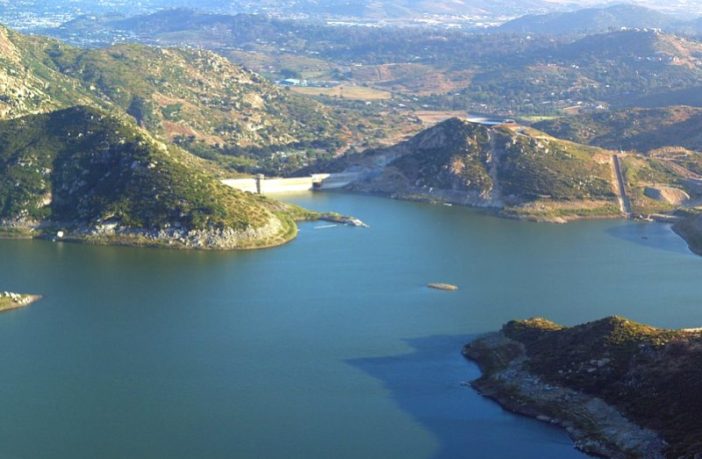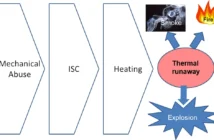Sheer necessity is driving California in the direction of more solar power. However, its shortcoming becomes evident as night falls. During the recent summer heatwave, the utilities asked Californians to turn off their appliances at 5:30 pm, as the sun was going down. That was because their remaining fossil plants could no longer cope. However, a new generation of solar water batteries could set things right.
Solar Water Batteries Using Existing Reserves
North America has extensive resources in the form of existing water storage reservoirs. Take San Diego’s scenic San Vicente Reservoir for example. This resource high up in the Cuyamaca Mountains measures 75 square miles, and can store 390,430,000 cubic yards of water. That’s all it has been doing until now, but that could change.
That’s because San Diego County Water Authority is contemplating building a new, smaller reservoir in a nearby canyon about 1,100 feet higher in elevation. A network of pipes and electric motors / turbines would connect the two, enabling water transfer between the upper and lower reservoirs.
- Water will move to the upper reservoir on the wings of solar power during daytime.
- Each evening a valve will open, releasing water downhill through turbines.
- This arrangement will generate 500 megawatts of electricity for up to eight hours.
- That would be sufficient to power 130,000 homes, relieving the pressure on utilities.
California Will Need More of These in Future
“It’s a water battery!” Neena Kuzmich, Deputy Director of Engineering for the water authority exclaimed to NPR News on October 14, 2022. Facilities like these will become even more important as the energy mix includes more and more wind and solar.
Pumped energy storage, as the industry calls these facilities had been on the back burner in the U.S. for economic reasons. However, the situation is changing in response to the global warming reality. The new Climate Bill has been a game changer for hydro, because it now also benefits from the 30% tax credit scheme.
There are some 92 related projects in the pipeline in the U.S. according to NPR News. But these are still all in the planning stage, and need regulatory approval and financing. The fact these projects will take 10 years to complete, is even more reason to start doing them now.
Breaking News
A Disruptive Fourth Battery Component




